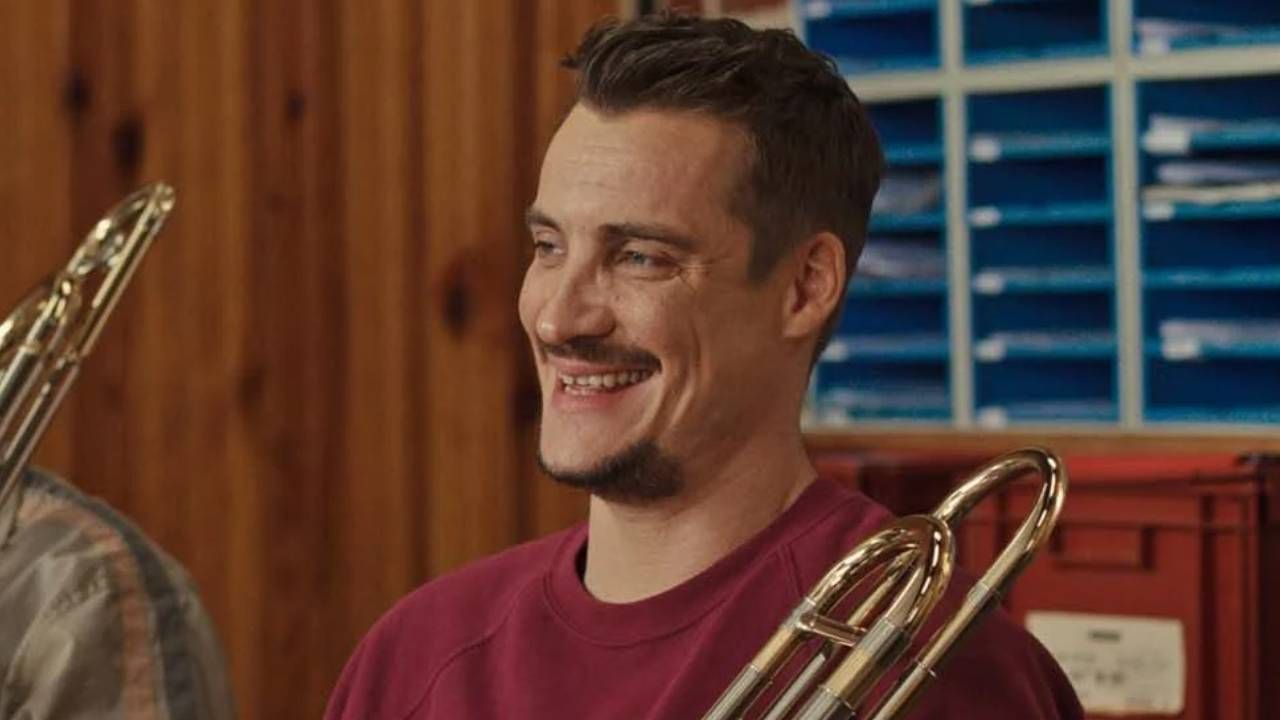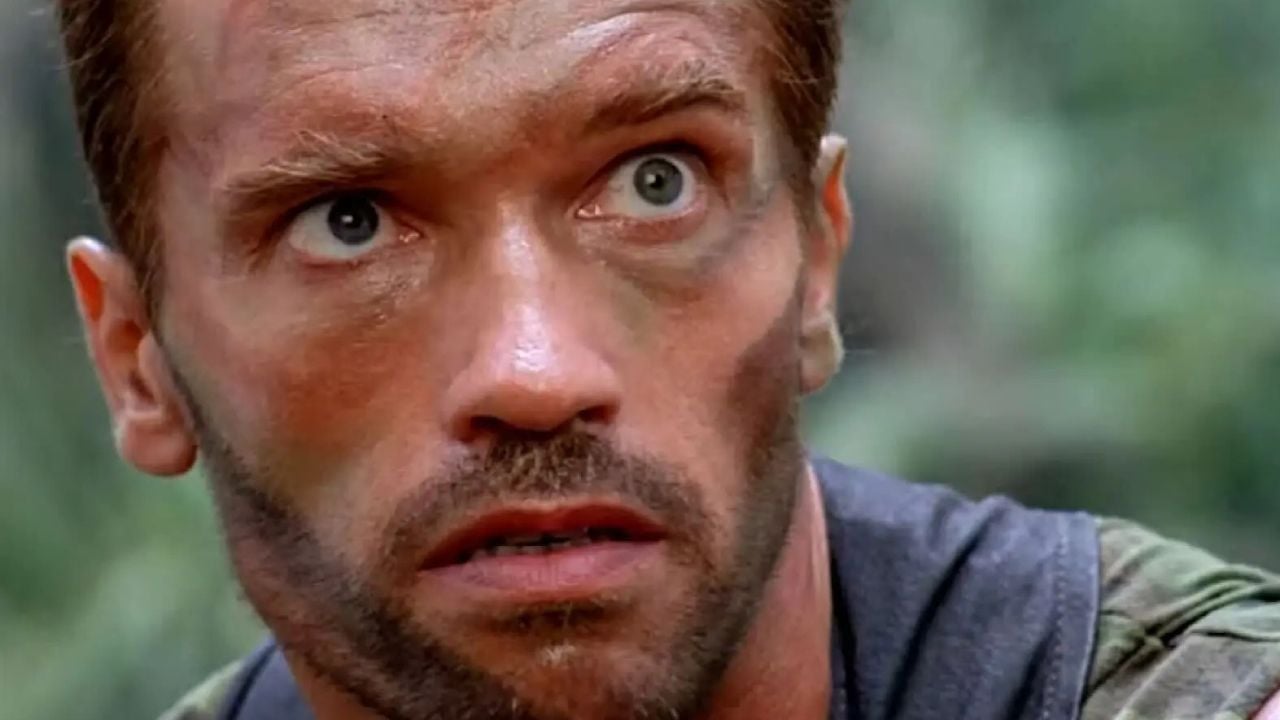If you haven’t been able to see it yet, save the article for when you have, there will be SPOILERS next!
‘Infiesto’, the new thriller set in Asturias directed by Patxi Amezcua, came to the Netflix movie catalog on February 3. And, in case you missed any of the mysteries of him, We have decided to break down the most important elements of the film and that lead directly to its shocking end.
Being one of the most anticipated releases on Netflix in February, we would not be surprised if you took advantage of the weekend to see it. However, if you haven’t been able to catch up with her yet, we recommend that you save the article for when you do, there will be SPOILERS next!
Starring Iria del Río and Isak Férriz, the film travels to March 2020. With the COVID-19 pandemic approaching its most critical point, the Spanish Government proclaims the State of Alarm and the mandatory confinement of citizens. At this time, we will continue to two investigators from the Asturian police force in their search for those responsible for the kidnapping and murder of several young people. The tape starts with one of the victims escaping from captivity and asking for help. This voice of help is the one that will unleash the subsequent plot of mysteries and intrigues, accompanied by the imposing (and rainy) landscape of northern Spain.
Who (or who) is behind the crimes? What connection is there between the different events? What is the relationship between the suspects? There are a large number of questions that are raised throughout the narrative. So let’s solve them!
‘Infiesto’: The end, explained
When the two agents begin to investigate, they quickly find the place where Saioa, the released young woman, was being held. There they run into one of the perpetrators, the ‘Dogkiller’, who manages to escape, misleading the inspectors. Moments later, when they manage to find him, the man commits suicide by shouting: “This is just the beginning!“. So we understand that: He is not alone, nor have we seen the totality of the horrors that have occurred (and what will happen).
As the story progresses, we learn more information about those responsible for the crimes. In addition to ‘El Mataperros’, another individual is discovered, nicknamed ‘El Demonio’, whose whereabouts are unknown. When they arrive at what was their caravan, a homemade bomb receives them and blows up the vehicle. However, from among the remains they manage to rescue some photographs that identify more victims of the criminals. In total, they add up to two young boys and three girls (who appear in the lists of disappeared in recent months, from the Asturian environs).

Helped by the little information they receive from the brother of ‘El Demonio’ (played by Luis Zahera, in a brief but magnificent appearance), they reach an old hermitage, where they finally find the second criminal. There, they discover what appear to be symbols of satanic rituals.
“Someone had to do something to calm Taranis, the Almighty. The God of storms,” says ‘The Demon’, in the interrogation room. “This is the work of the Prophet,” exclaims the man. Everything is part of a larger plan and there is still one more involved to discover.
Shortly after, we will discover that the detainees studied together as children. And, thanks to this, Samuel manages to decipher who is ‘The Prophet‘. In an old school photo, you can see a man who hangs around his neck one of the mysterious dolls that have appeared in the different kidnapping scenes. Without a doubt, the man in the photo is the thinking head behind it all.

The investigator arrives at Infiesto, the town where the culprits lived. He is received by a police force that is guarding the area. Agent Ramos, one of them, tells him that he recognizes the man in the photo and accompanies him to the house where he lived with his father.
In a turn of events, Ramos turns out to be actually the ‘Profeta’ himself, who has infiltrated the police, and murders Samuel. Now, it is Deputy Inspector Castro (Del Río) who will have to capture him.
The story closes like this in a nearby mine in the area. Over there, Castro meets the Prophet (shortly before he performs a new sacrifice) and, after a tough fight, finish him off.
‘Infiesto’: Why did criminals act like this?
Behind all the crimes, there was detailed planning. The kidnappings had not occurred “just because.” The three men: ‘El Mataperros’, ‘El Demonio’ and ‘El Profeta’, They followed a calendar marked by solar cycles. The events happened in relation to the winter solstice, the summer solstice and the spring and autumn equinoxes.
This element creates the urgency of the film, since the action takes place just 48 hours from the spring equinox. (March 21), the date on which Saioa was to be sacrificed. Now, due to a mistake by ‘El Mataperros’ (which caused him to escape), a new victim will be needed and the investigators must stop the ‘Profeta’ before he acts.

Besides, thanks to the sudden appearance of a young woman, Lidia Vega, we discovered that ‘El Profeta’ had already acted before. The man was the leader of an old sect that had her abducted in the past. he was in that community where ‘The Prophet’s’ obsession with druids and sacrifices began. From there is born the symbology that criminals use (the dolls and the marks on the skin of the victims) and their barbaric acts.
‘Infiesto’: Why does history take place in parallel to the pandemic?
The entire atmosphere gains a suffocating component thanks to being accompanied by this specific historical event. In addition to seeing how the protagonists deal with crime, there are also other aspects going on in their lives that have to do with the possible loss of loved ones due to the pandemic.
Specific, the sub-inspector’s boyfriend has to be taken to the hospital (where we will discover that he has been connected to a respirator) because of the symptoms of the virus. Besides, Samuel’s mother dies during the course of the film and his funeral cannot be held due to sanitary restrictions.

Thus, we see how everything around the characters is falling apart. And, as the criminals advertise: We are at the end of the world. (Another of the engines that has led them to act).
The film thus concludes with a reflection by Castro (Iria del Río). Her boyfriend, who already seems to be recovering in the hospital, tells her: “Damn, it seems like the end of the world.to which she replies:Maybe it is.”
Has the prophecy of the three men been fulfilled? Are we witnessing the fury of their evil God?
Source: Fotogramas
Rose James is a Gossipify movie and series reviewer known for her in-depth analysis and unique perspective on the latest releases. With a background in film studies, she provides engaging and informative reviews, and keeps readers up to date with industry trends and emerging talents.







